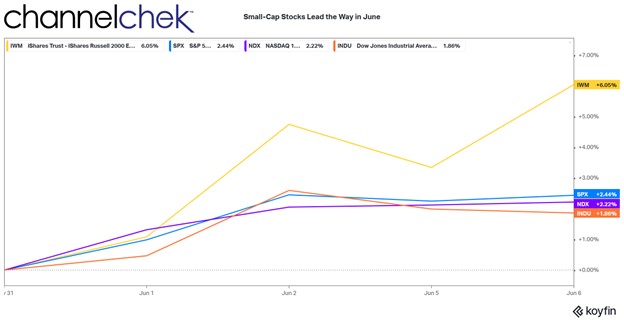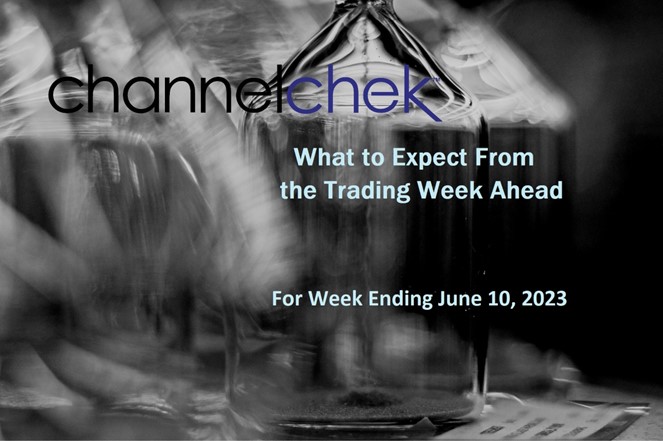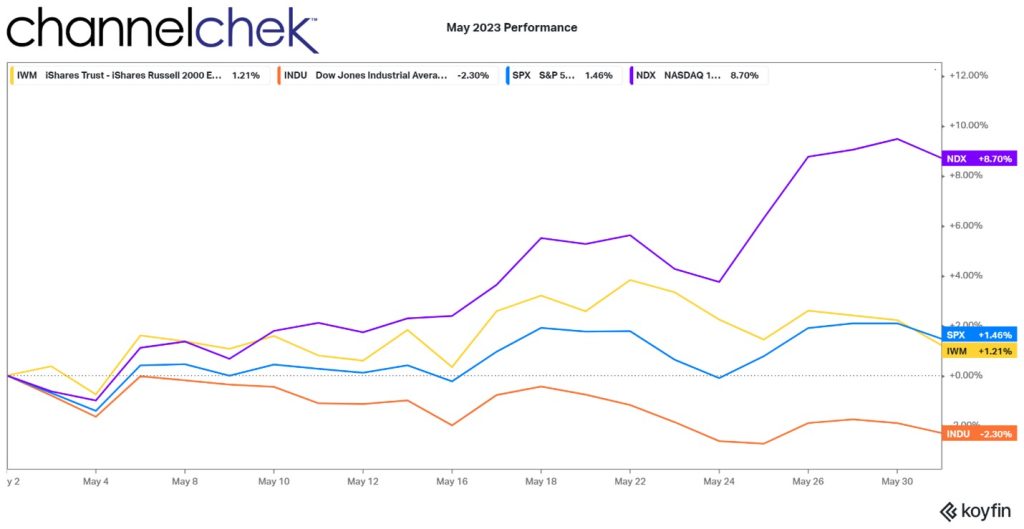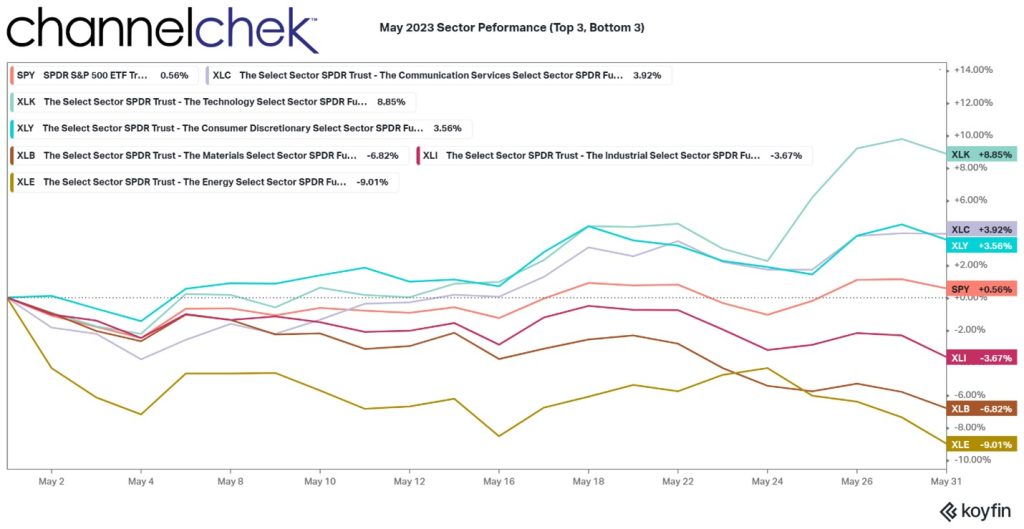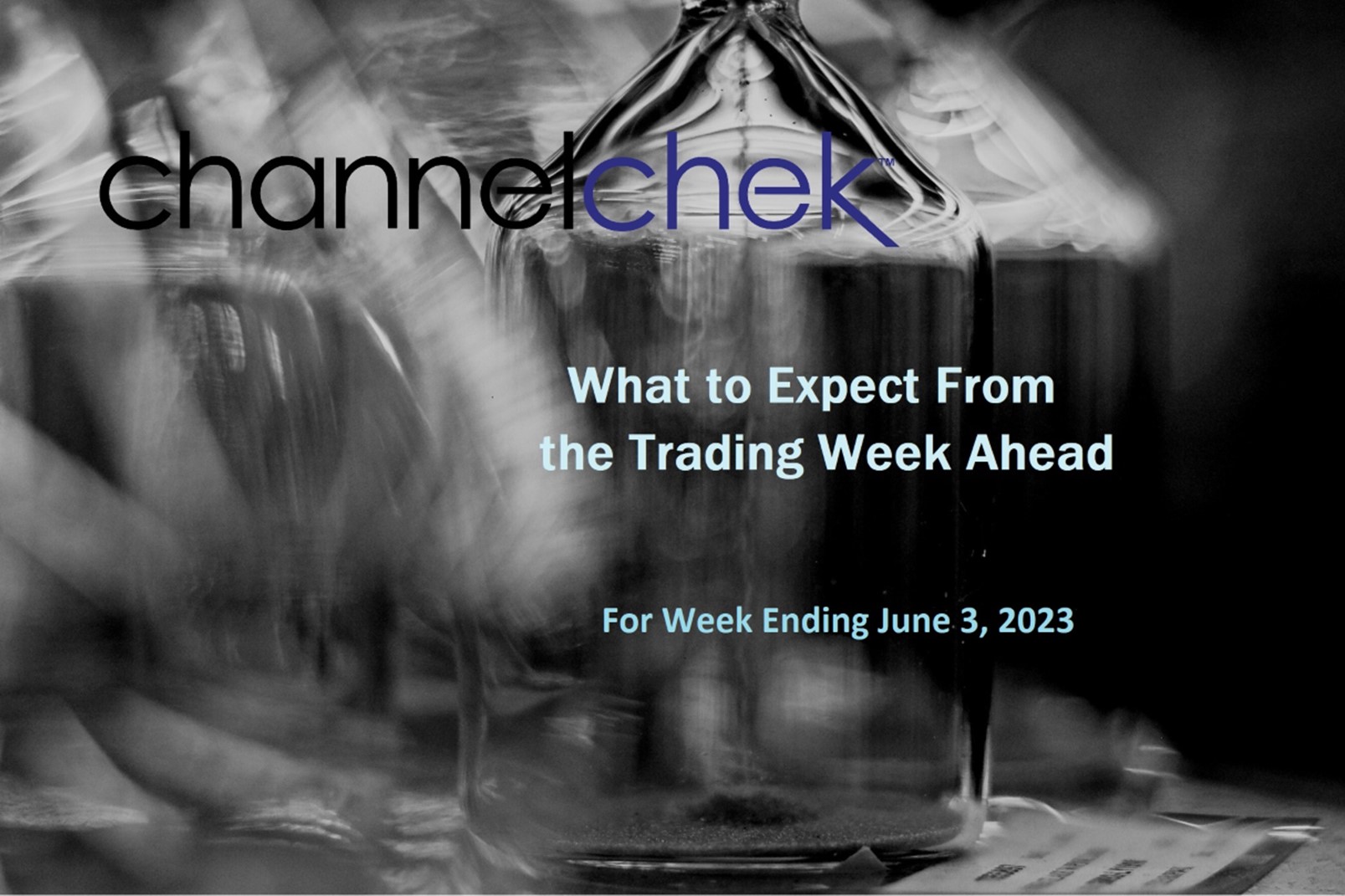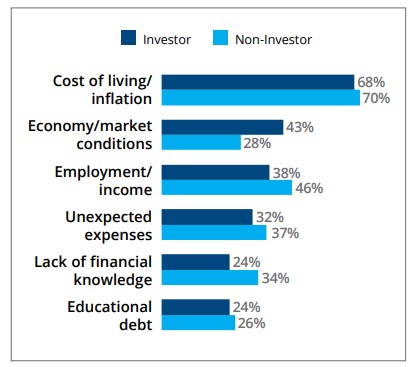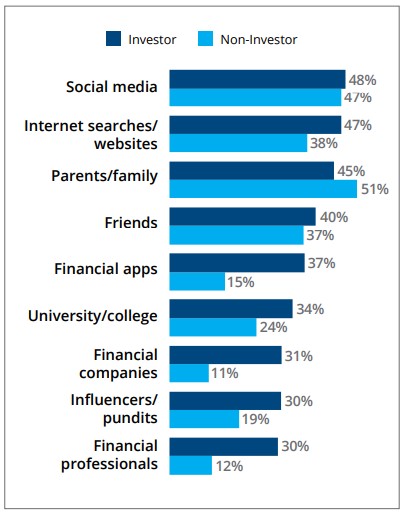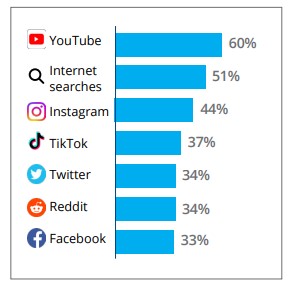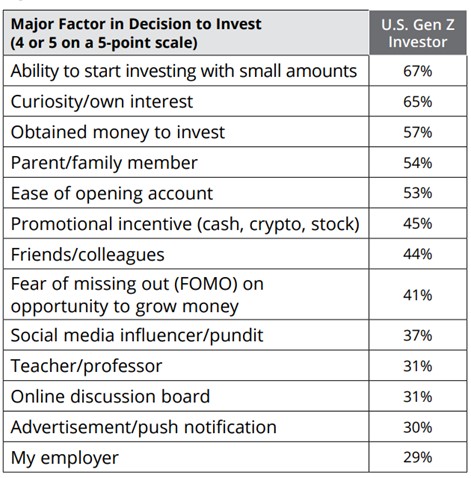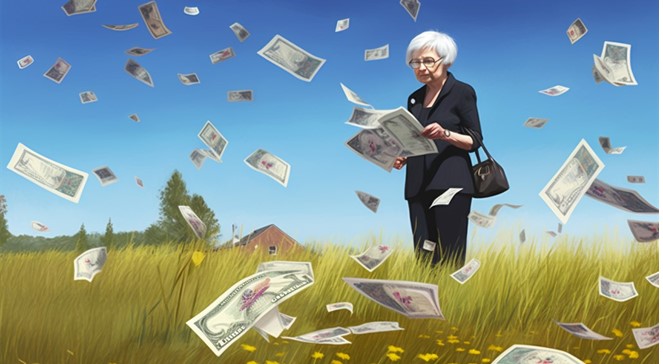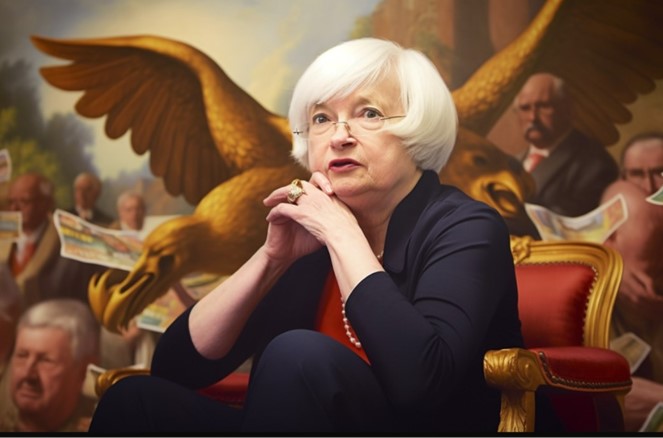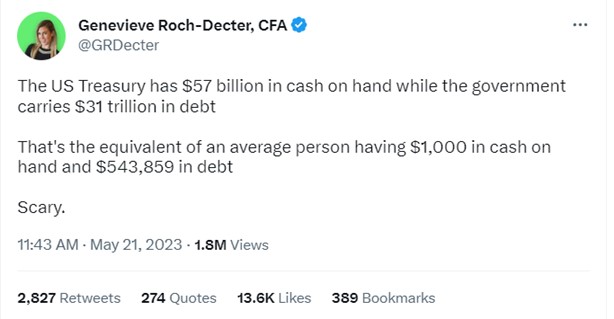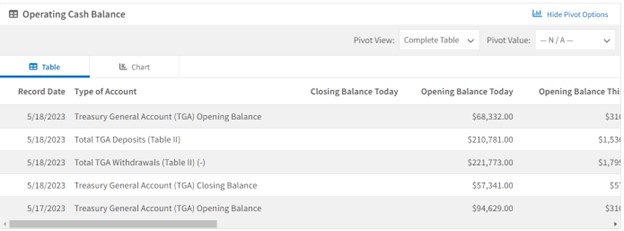
Crossing the Line into Naked Short Selling
Shorting a stock by itself is not illegal and can even be thought of as helping the liquidity in the company’s shares as many more continuously change hands (volume). Brokers and institutional investors can also reap additional benefits. For all participating investors, it allows the opportunity for money to be made as long as the stock is moving up or down. However, among the legal shorts, there are illegal short positions being made. This has been the subject of controversy, Volkswagen in 2008, GameStop 2021, and AMC which has worked to end attempts of this kind of activity in its stock.
The Upside-Downside of Legal Short Selling
Selling a stock that you don’t own puts you, the seller at a greater risk than buying a stock. The reason is simple, stocks can theoretically go up by an infinite amount, however, they can only go down by their current value. If your shorts go up, you are losing value in your position. With this risk in mind, selling shares you don’t own, or a shorting strategy, certainly can work in your favor if your risk management short-circuits are in place and the stock’s value erodes.
A legal short position involves your broker borrowing shares on your behalf, perhaps from a large institutional holder, paying them a daily accrual rebate rate (interest) during the period that you hold the short position. The strategy is to buy them back at a lower price in the future than what you sold them at today.
Crossing the Line to Naked Short Selling
The word “naked” when it comes to most investments, suggests that you are without that which you are trading. If the same amount of shares has been borrowed on your behalf or by you as part of your short transaction, you are not naked in the position.
Naked shorting is the illegal practice of short selling shares that have not been affirmatively determined to exist. This can happen when there are so many market players thinking shares will decline in value that more shares are sold than obtainable to back up each trade.
Despite the SEC making this illegal after 2008 in response to some failing investment banks that had been sold beyond the number of shares in existence, naked shorting still goes on today.
One example still fresh in many self-directed investors’ minds is GameStop (GME) shares. In 2021, traders reportedly sold short around 140% of GME shares outstanding. This meant a substantial amount of shares of the company were sold that didn’t exist. What allowed these trades go through was something called ‘phantom’ sales, the tool of naked short selling.
Phantom Sales?
The term “phantom sales” sounds even more nefarious than “naked shorts.” What it means, is that the naked short sellers deposited digital IOUs into buyers’ accounts, promising that they will locate shares and make good delivery to the buyer as soon as possible. Unfortunately, it can become impossible when more shares are sold than exist. That creates a failure to deliver or simply “FTD” which is used in a hashtag that most that follow AMC Theatres (AMC) are familiar with.
When a stock gets oversold to the point of more shares sold than exist, it can be very bullish for the holders. This is because the short sellers desperately need to make good on their IOUs held by buyers.
If buying demand picks up in the stocks, the short positions are considered to be getting “squeezed” – a “short squeeze” is taking place.
In the case of GME, communication made better through social media channels and stock message boards allowed individual investors to loosely coordinate and heighten the squeeze on short sellers, including large institutional hedge funds that may have had naked short positions.
Naked Shorts Banned
Imagine the problems and stress that occurs when trades don’t settle on time due to naked short-selling delivery failures.
The SEC banned the practice of naked short-selling in the United States in 2008 after the financial crisis. The ban applies to naked shorting only and not to other short-selling activities. Prior to the ban, in 2007 the regulator amended a 2005 rule called Regulation SHO. The amendment limits possibilities for naked shorting by removing loopholes that existed for some broker-dealers in 2007. Regulation SHO requires lists to be published that track stocks with unusually high trends in failing to deliver (FTD) shares.
These lists are available to investors and often used to determine where activity may become frantic.
A variant that is not banned, or in violation of SEC is rules is an FTD where the shares were located, but there is a legitimate failure to deliver. That is the short seller contacted a holder (usually through a broker) and they both agreed to terms of the short-seller borrowing authentic shares of the company.
Take Away
Short selling is a normal function of trading and not frowned upon by the regulators. However you have to be in touch with shares that are available for you to borrow at an agreed-upon interest rate. Otherwise you may find you are naked selling because you don’t own the shares, and can not make delivery.
These rules apply to stocks that trade on a national exchange. For those stocks not listed on a major securities exchange, the SEC may require more disclosure from the transacting broker.
Managing Editor, Channelchek


